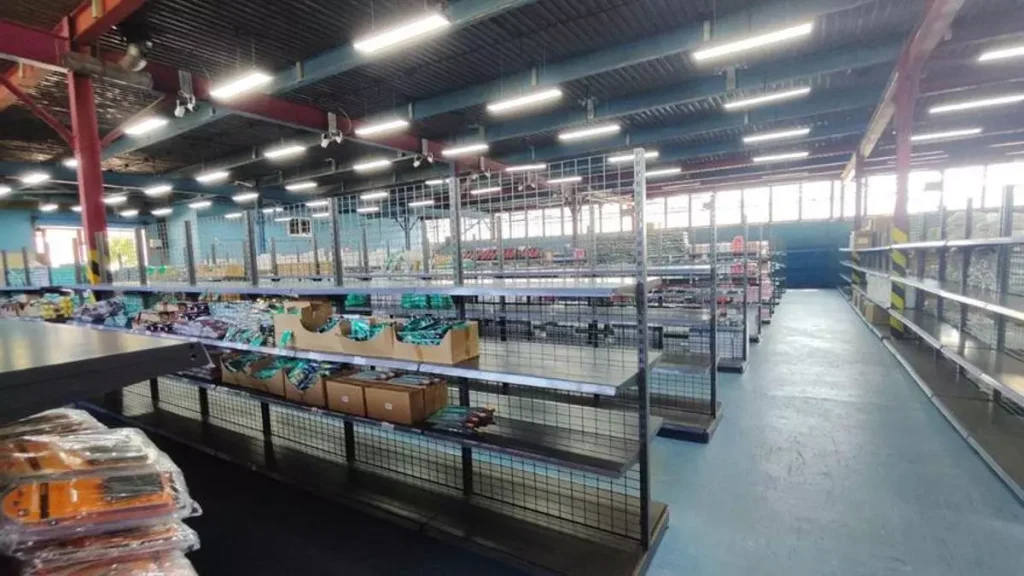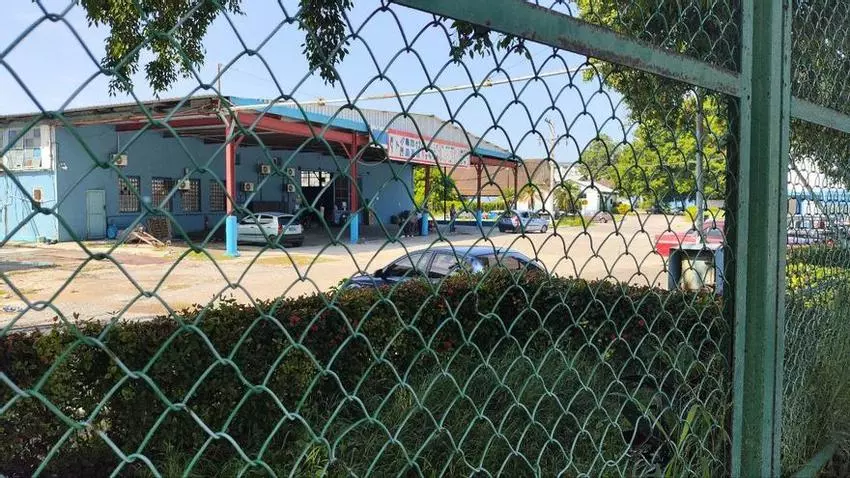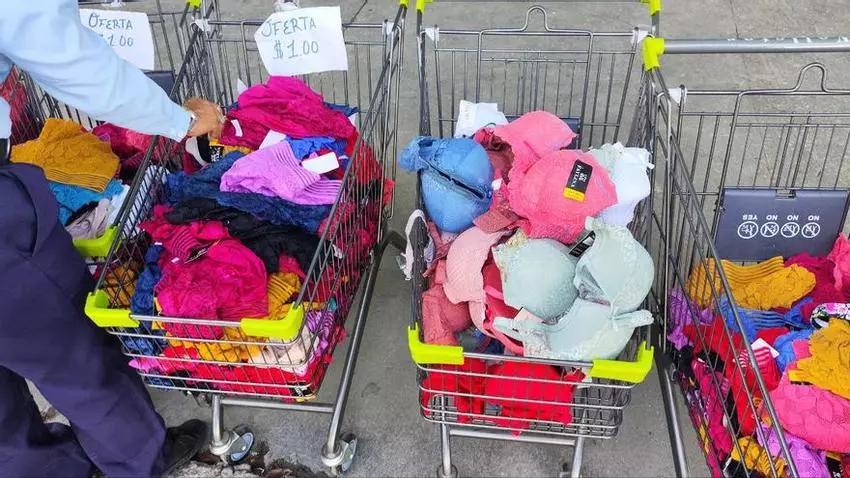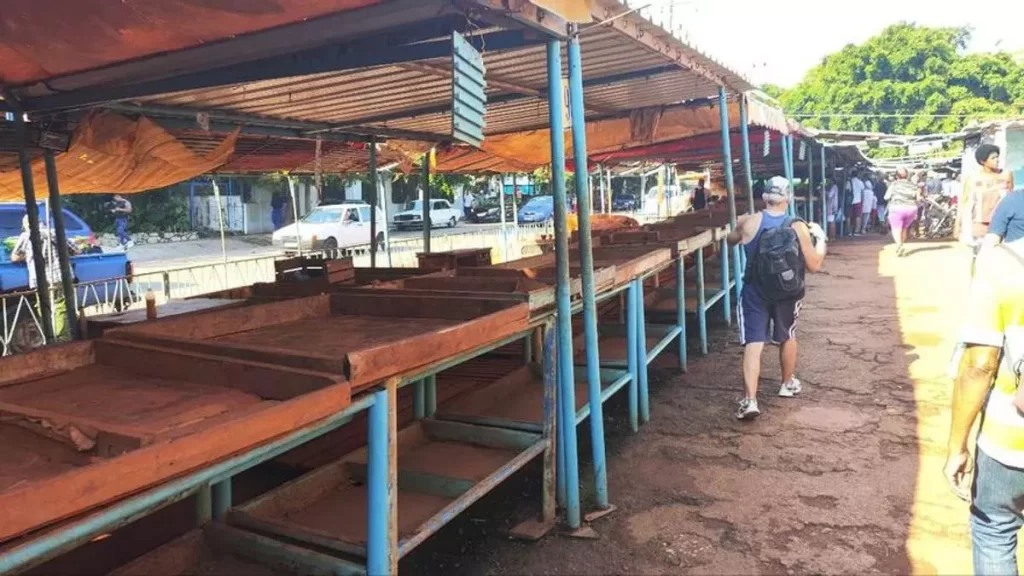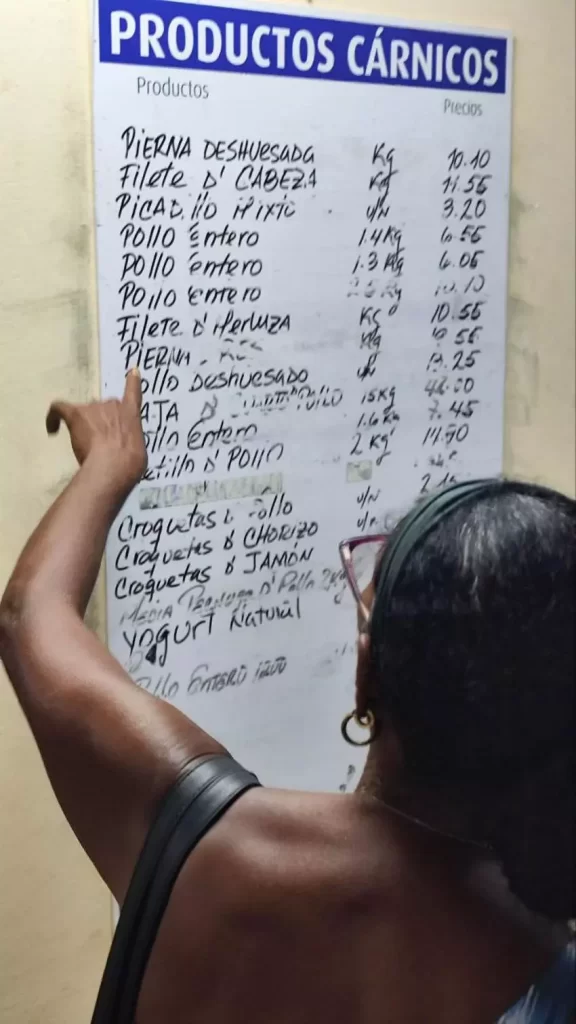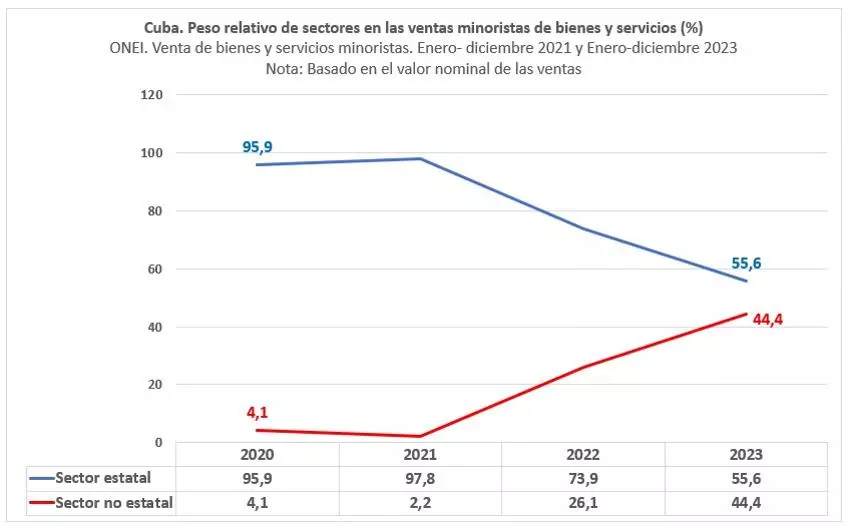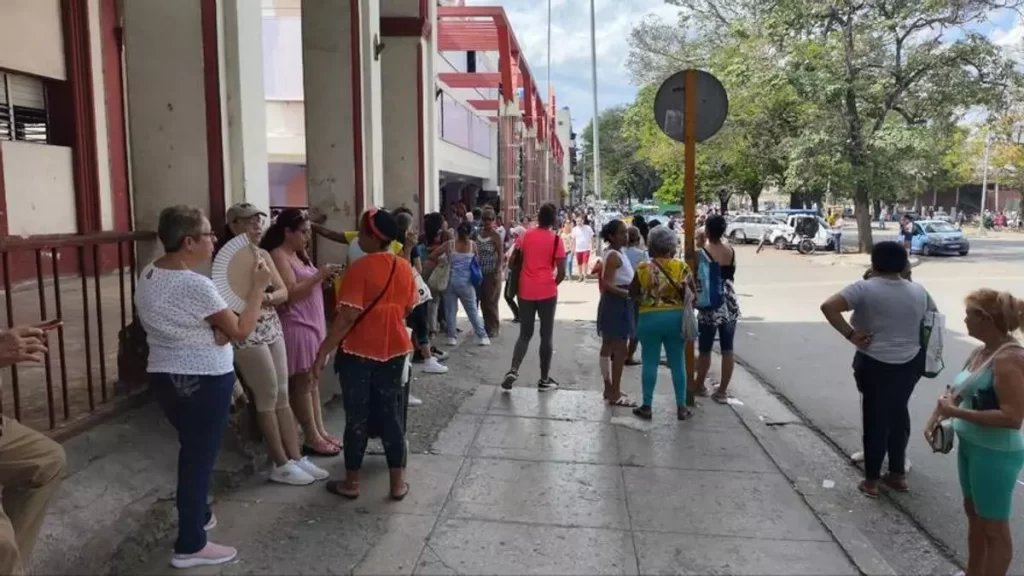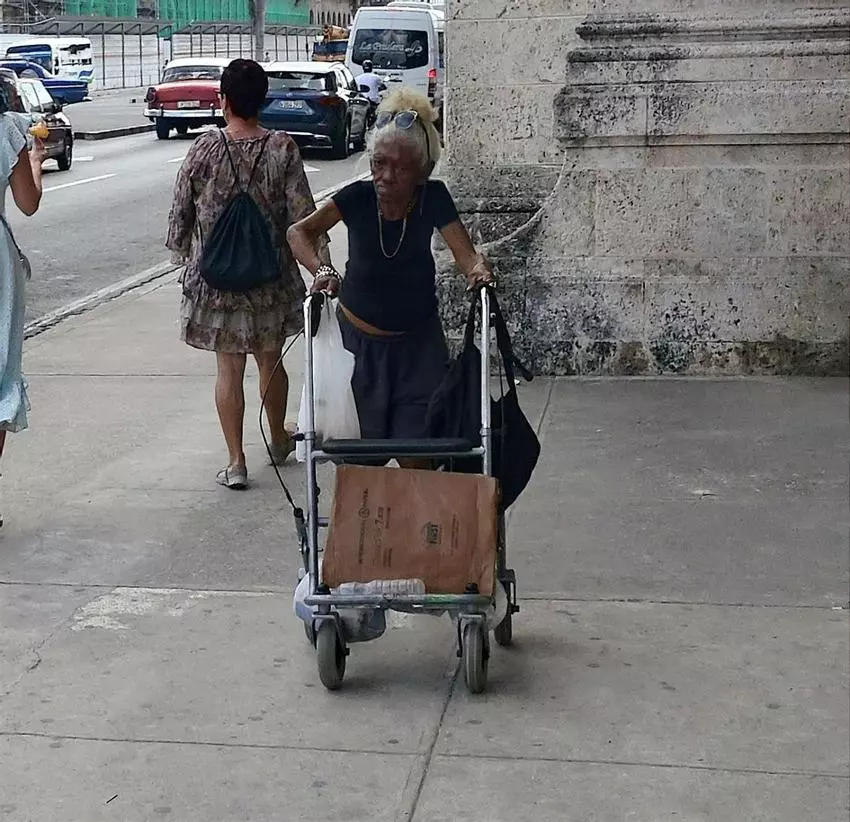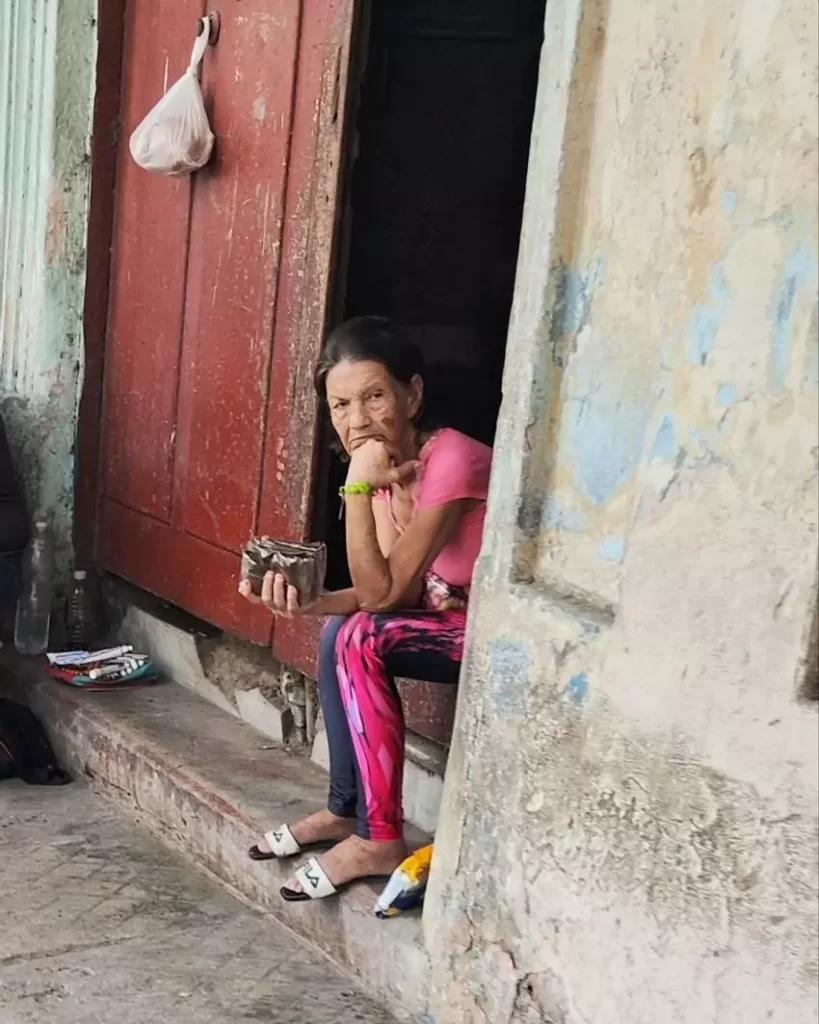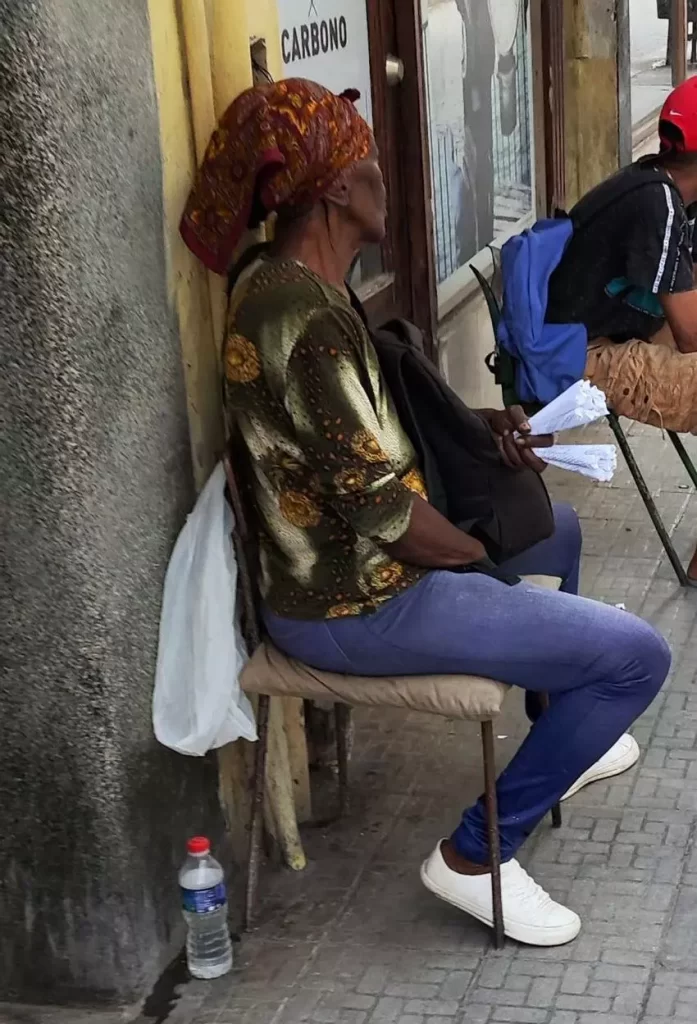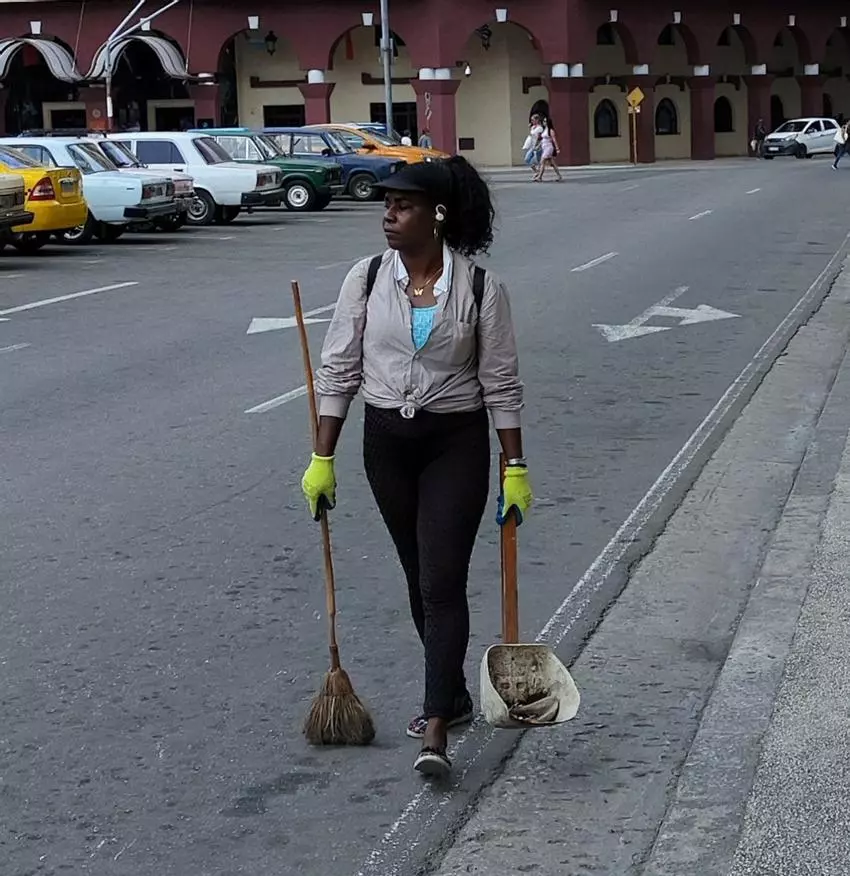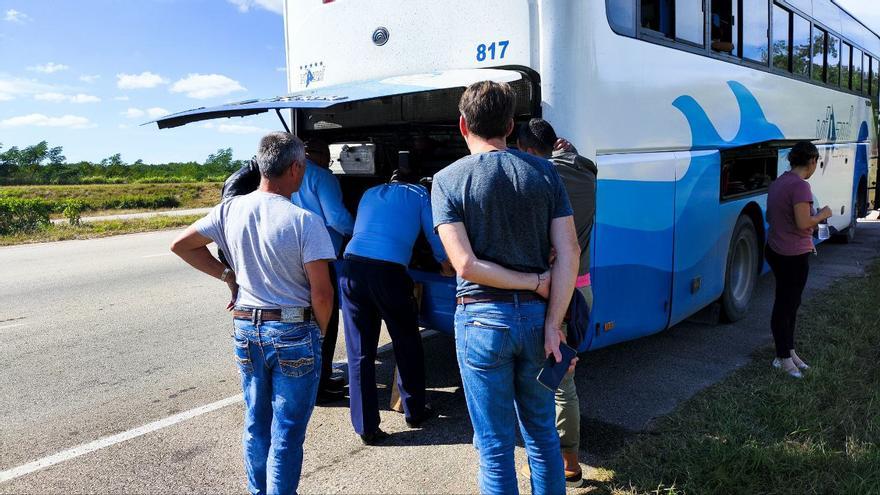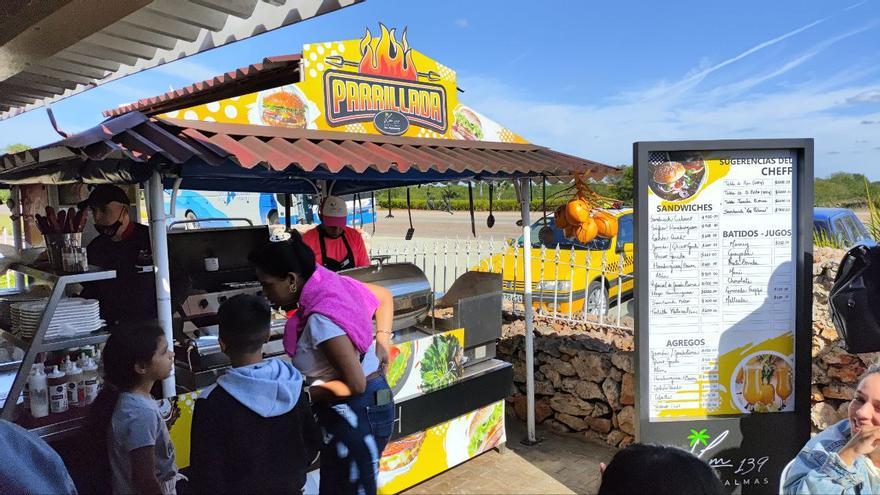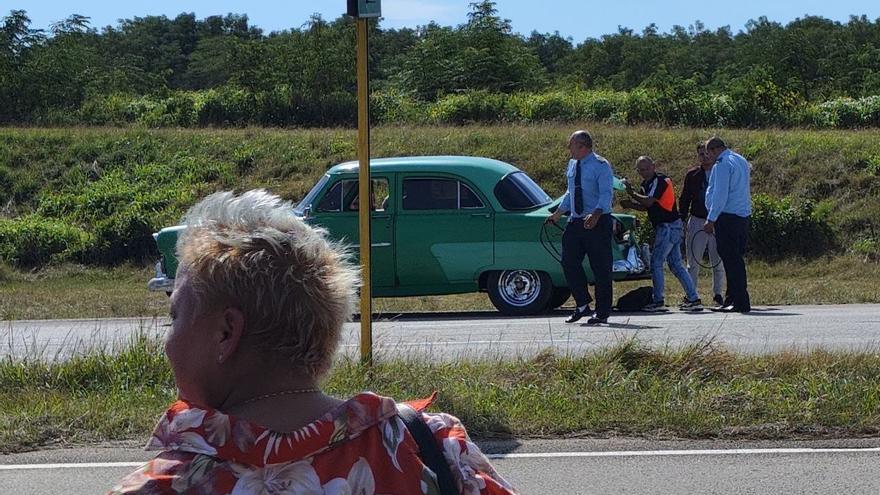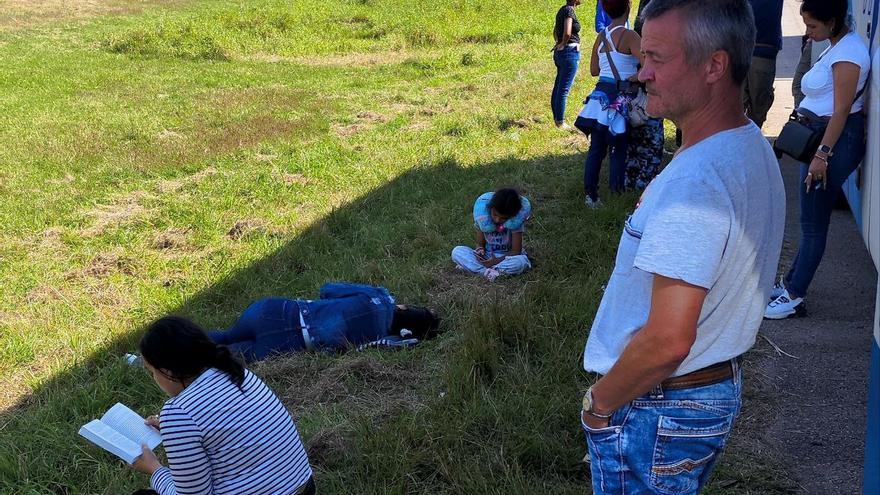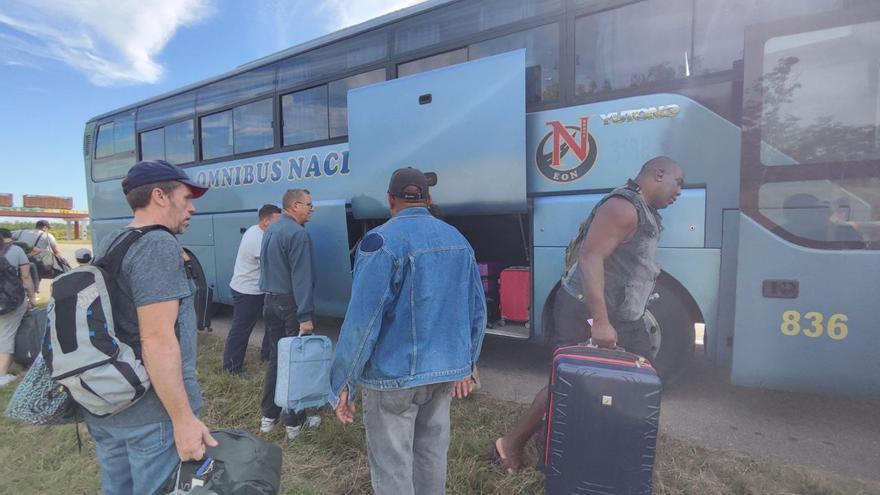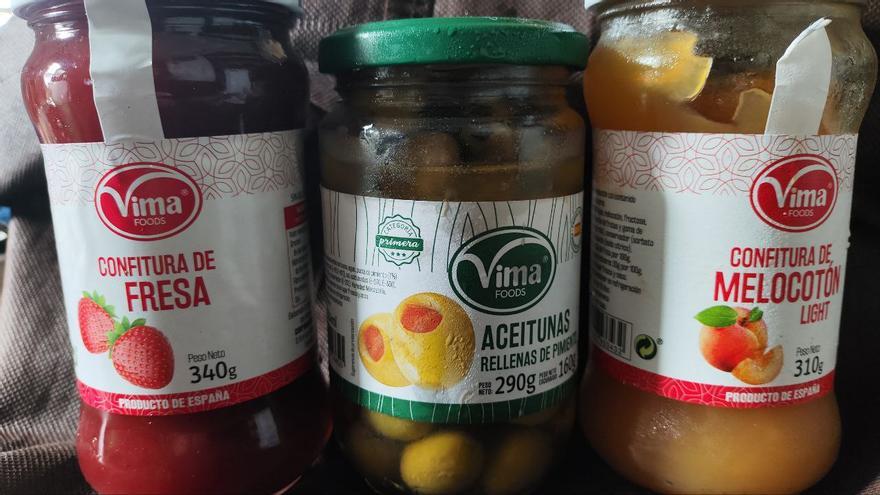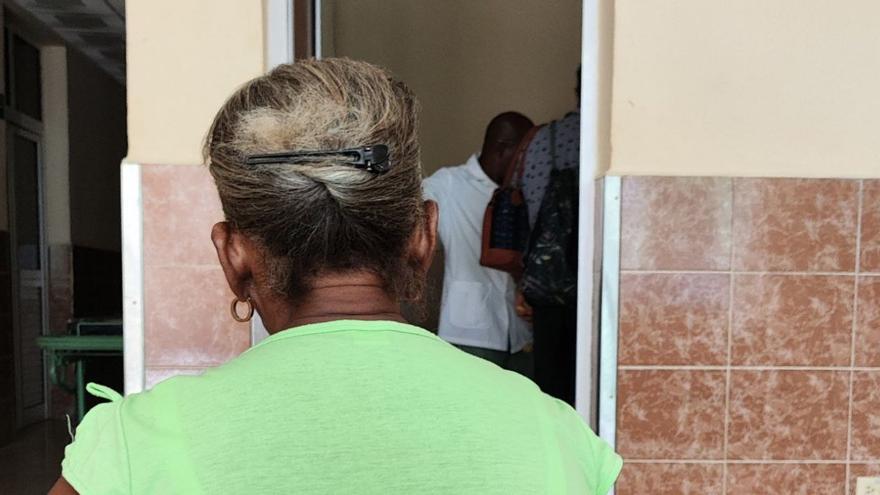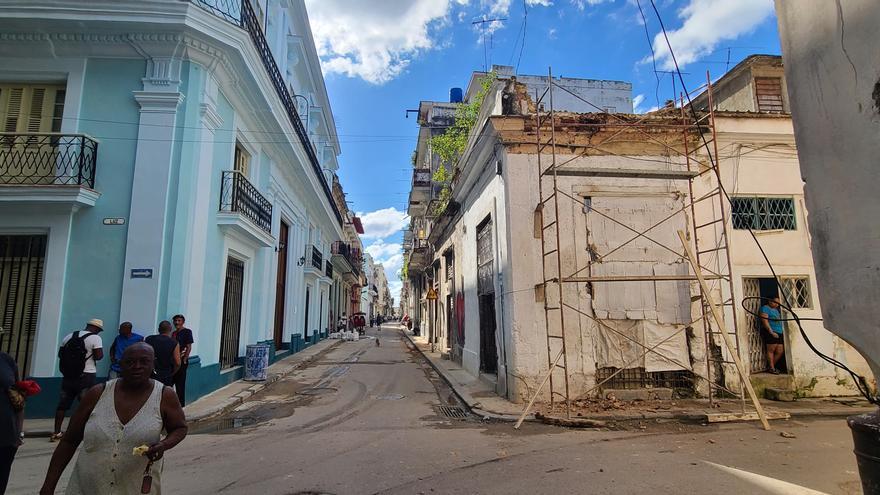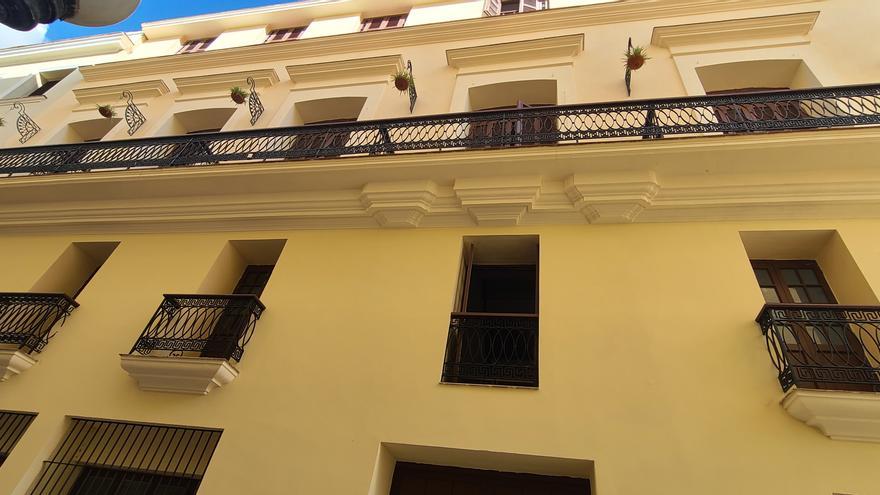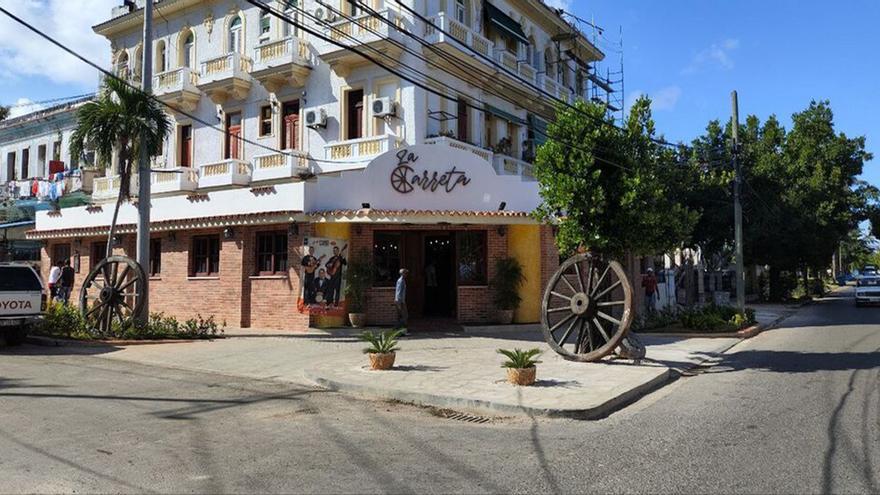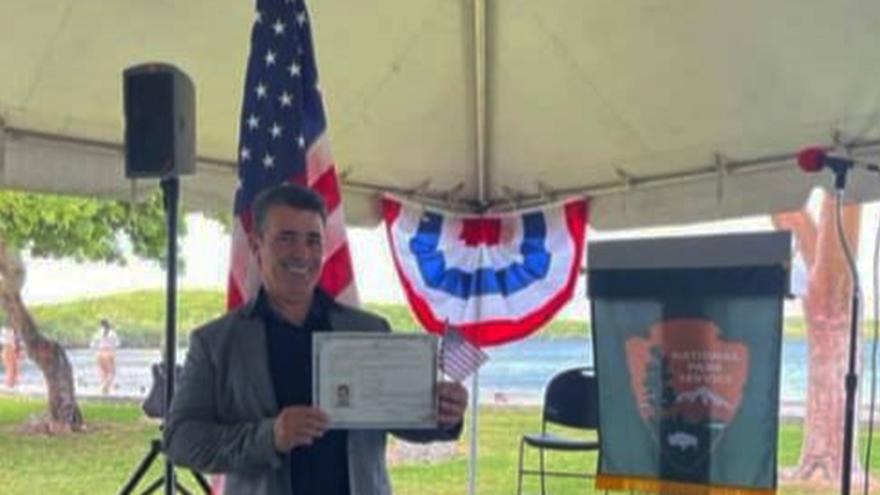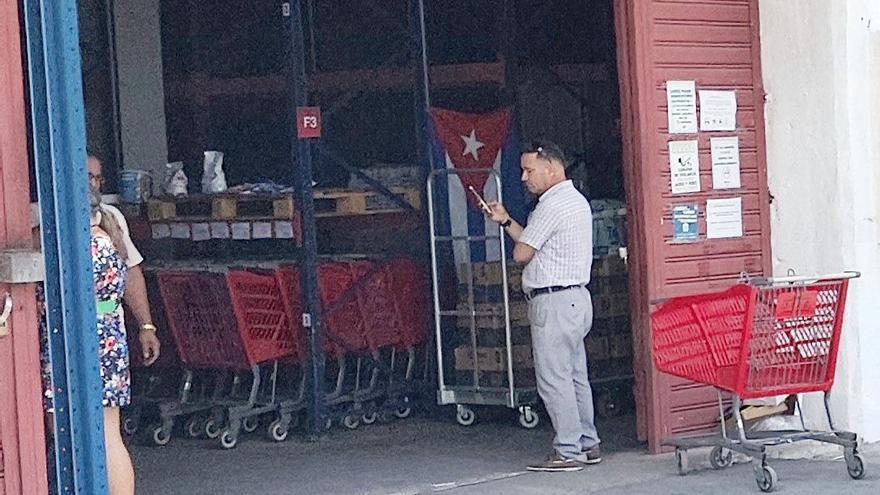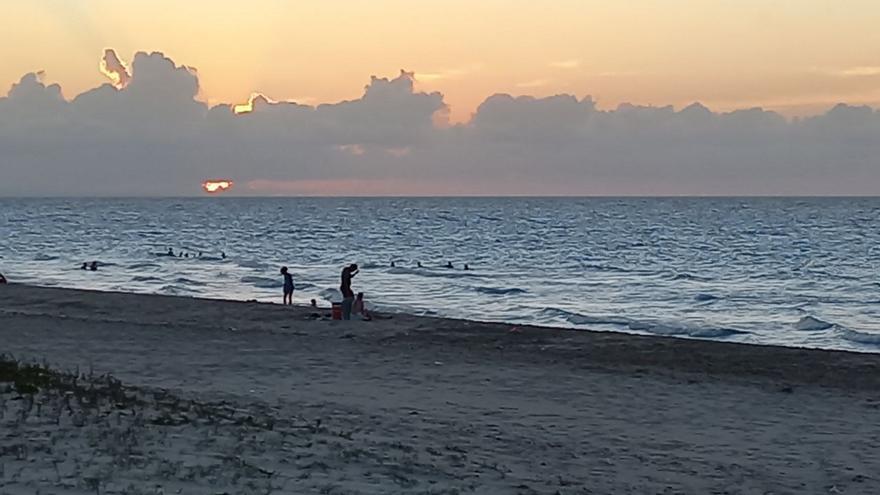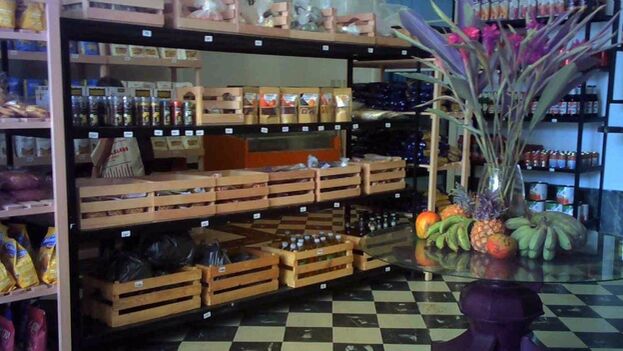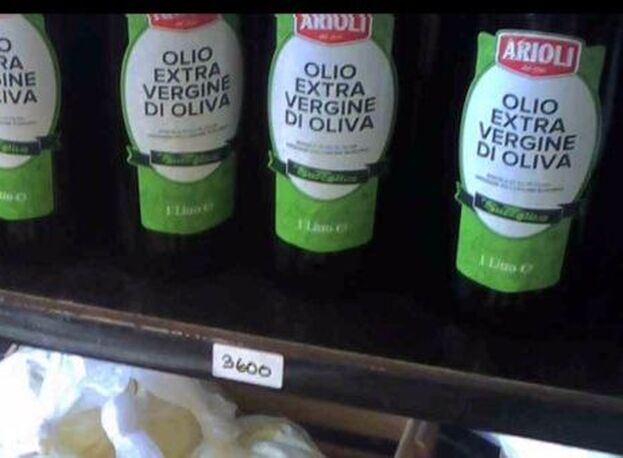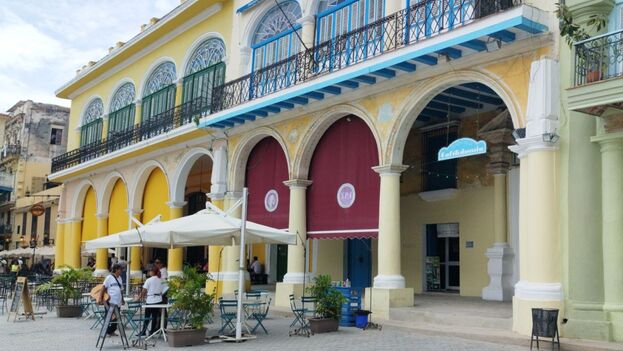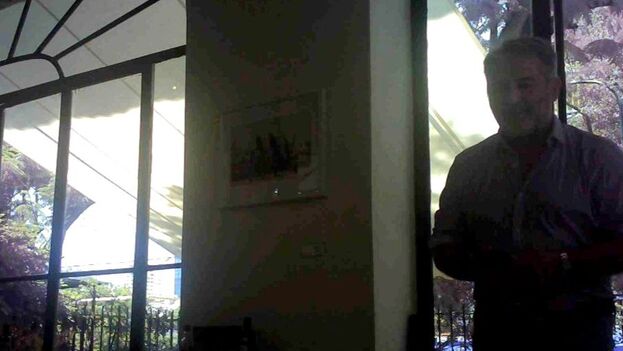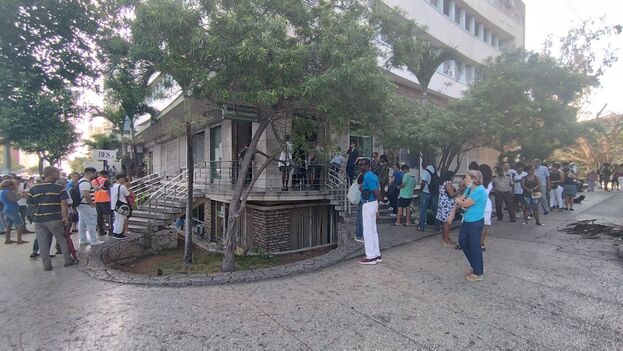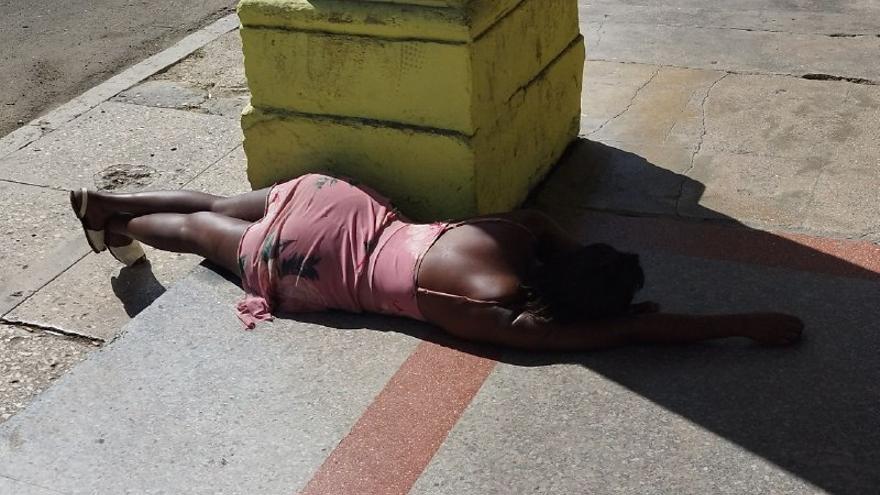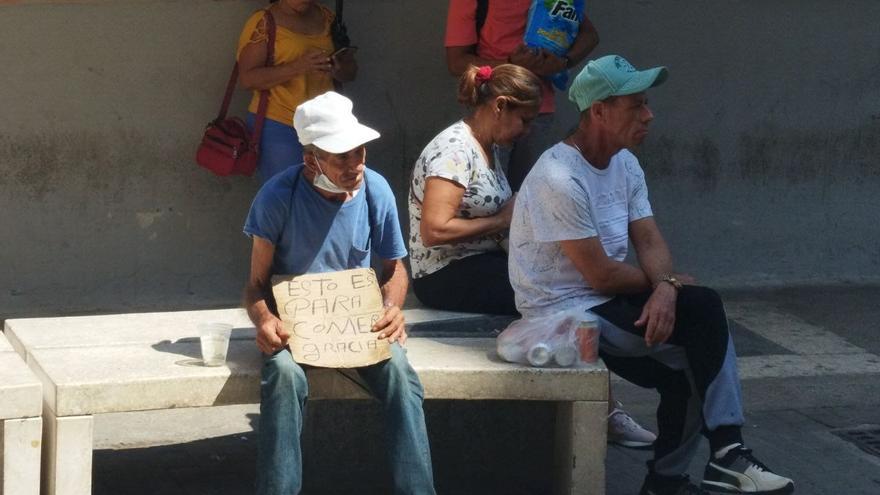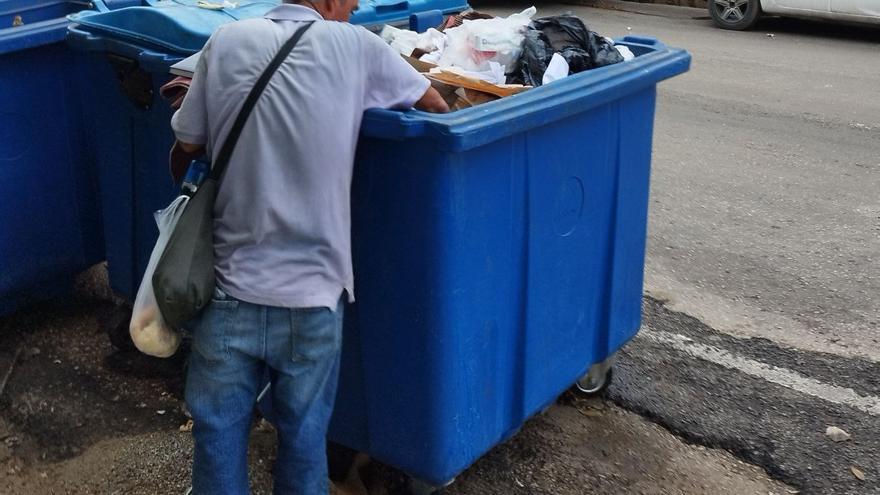
![]() 14ymedio, Juan Diego Rodríguez/Olea Gallardo, Havana, 14 September 2024 — Entering La Chocolatera is a pleasure for all the senses. The place, situated at the Havana Club in the municipality of Playa, is small but clean, illuminated, stocked and perfectly air-conditioned. The strong odor – a sour vanilla – of chocolates and sweets seeps into the brain. The experience is, in short, delicious, and, therefore, very unusual in an increasingly depressed Cuba.
14ymedio, Juan Diego Rodríguez/Olea Gallardo, Havana, 14 September 2024 — Entering La Chocolatera is a pleasure for all the senses. The place, situated at the Havana Club in the municipality of Playa, is small but clean, illuminated, stocked and perfectly air-conditioned. The strong odor – a sour vanilla – of chocolates and sweets seeps into the brain. The experience is, in short, delicious, and, therefore, very unusual in an increasingly depressed Cuba.
Not many Cubans can afford it, and one of the things that attracts the most attention to the establishment is precisely the number of employees that work there – half a dozen – for so few customers. Of course, they are very friendly, impeccably uniformed, and they serve the merchandise with fine latex gloves. “Look at all that, wow,” agrees Ana María, who visited La Chocolatera a few days ago to buy bonbons for her daughter, who just became a mother, after seeing the store’s ad on social networks. “This place is very expensive, but the occasion deserves it. It’s not every day that I become a grandmother!” she confides to 14ymedio.
Each piece of chocolate, for example, depending on the flavor and shape, ranges between 150 and 200 pesos and can be solid or filled with cream or liquor. “But there are other specialties that cost more,” reports Ana María. “There are some very nice boxes, one of 35 pieces at 8,000 pesos and others of 50 at 9,000. Too bad I couldn’t spend that much, because they are exquisite!” continue reading

According to one of the workers, the bonbons and chocolate, of their own brand, D’Carlie, are made by them, while the sweets – cheesecakes, brownies, cinnamon rolls, cheese snacks, fruit drops, nougats – are made on external premises, and, if at all, only then are they covered with cocoa and decorated. The establishment also offers other items, such as stuffed animals (at 7,000 and 8,000 pesos), sweet and savory preserves and Catalan sparkling wine.
Everything is luxury in La Chocolatera, starting with the location itself, at the very door of the Havana Club, next to the complex’s checkpoint. The exclusive facility, founded in the 1920s with the name of Havana Country Club, has a cafeteria, golf course, tennis courts, swimming pools and even stables for the equestrian trails. It was expropriated after the triumph of the Revolution and, having gone through better and worse times, is now intended for housing and the recreation of senior officials, diplomats and foreign businessmen.
Due to proximity and economic capacity, the neighbors themselves are the natural clientele, although the company offers online sales and home delivery on its Facebook page. Not only is it prohibitive to buy in this shop for the vast majority of Cubans, but it’s also expensive to get there. “Just paying for a taxi, the bill shoots up,” laments Josué, who lives in Central Havana and gives up after a private taxi driver wants to charge him 5,000 pesos. With the shortage of fuel, public transport is not an option.

For La Chocolatera, however, the word “crisis” does not seem to exist. And that is another peculiarity in a country with increasingly harsh conditions for the ever-incipient private initiative. “The company has been developing and investing for its needs,” said its owner, Carlos Luis Menéndez Jorge, in an interview with Revista Visión, in which he shows the shop in all its splendor to the camera.
The firm can even afford to advertise on official media, such as Radio Rebelde, where it sells itself as the “leading store in chocolate-derived products.” All their ads give the opening hours: every day of the week from ten in the morning to nine at night, including Sunday.
Far, very far from the crisis, La Chocolatera is, on the contrary, expanding. This same week they are offering employment for cashiers and salesclerks. No wonder. As they enthusiastically reveal on their social networks, they are about to open two more stores: one outside the capital, in the tourist enclave of Varadero, and another in the Havana municipality of Playa, as part of the luxury hotel Gran Muthu Habana – which has been announcing its opening for more than a year – at 3rd and 70th.
“We are not alone in this dream. This time we are joining forces and discussing ideas with the Palco Business Group to provide you and visitors with our line of fine Cuban handmade chocolates,” said the owner of La Chocolatera in a Facebook post.

Palco is one of the most powerful state conglomerates on the Island, dedicated to “integral services” for the Government and the diplomatic corps through shops, congresses, exhibitions and fairs with juicy benefits, such as the Cigar Festival, at whose last edition, by the way, La Chocolatera was present. Menéndez Jorge puts himself out there all the time, and he has ties with the regime, including as a deputy of the National Assembly, and with sports figures like Mijaín López, the hot new savior of the Island’s debacle at the Paris Olympic Games.
What is less clear, according to his account, is how his company was truly born. In an interview published by Cubalite, he says that “this passion” came from his mother, María Cristina Jorge, director of the Latin American School of Chocolate. “I was practically born in the middle of chocolate,” he says, quickly mentioning that he went through “several courses, schools, techniques, preparation and an appointment as Master Chocolatier by the Chocolate Museum of Belgium until we decided to make our own artisanal fine chocolate.”
He does not say that María Cristina Jorge, in addition to directing that educational center, was a senior state official, as head of the Cereal and Milling Plant of the Research Institute for the Food Industry. There she met the inventor of the Latin American and Caribbean School of Chocolate, Quim Capdevila.
According to a 2001 chronicle by the then correspondent in Havana of the Spanish newspaper El País, Mauricio Vicent, Capdevila, an old chocolate master and communist militant, had ended up in Havana a year earlier, after retiring and transferring the family business from the town of Vic, at the behest of his friend Manuel Vázquez Montalbán. The famous writer, who had recently published “And God Entered Havana,” Vicent writes in his piece, “sent him to see Eusebio Leal, the Havana City Historian, who guided him to where he should go.”
This is how he arrived at the Research Institute for the Food Industry, built in the late 1980s with funding from FAO (Food and Agriculture Organization of the United Nations), with the aim of being a “regional training center in the field of food.” And there he met María Cristina Jorge, with whom he created the school.

“The school’s goal is to achieve self-financing; it is not for profit,” Capdevila explained to El País, saying that the project was subsidized by the Barcelona Provincial Council and the University of Vic. The School offered conferences and training courses, not only on the Island but also in other countries, such as Mexico, and it was even supported by UNESCO.
Neither Quim Capdevila nor María Cristina Jorge has mentioned what happened to the School, but the Facebook page stopped updating in May 2020, just when the covid-19 pandemic broke out in Cuba. This newspaper has tried to communicate on the phone that appears on its social networks, but no one answers, and the number does not appear in the phone book. The institution, according to that same page, had its address in the Havana municipality of La Lisa, a short distance from where Carlos Luis Menéndez Jorge opened the first store of La Chocolatera in August 2019. With that address and with the number 2,054, it appears in the register of micro, small and medium-size enterprises, dedicated to the “production of cocoa, chocolate and other confectionery products.”
He was there until October 2022, when he moved the headquarters to the Havana Club. The rest is a dazzling success story, shamelessly celebrated on September 13, the day of the birth of Milton S. Hershey, founder of the brand of the same name. Roald Dahl, the creator of the Willy Wonka character, commemorates International Chocolate Day, although very few Cubans will have learned of the existence of La Chocolatera, a private company created by the State to satisfy the whims of a privileged few in a sea of poverty and scarcity.

Translated by Regina Anavy
____________
COLLABORATE WITH OUR WORK: The 14ymedio team is committed to practicing serious journalism that reflects Cuba’s reality in all its depth. Thank you for joining us on this long journey. We invite you to continue supporting us by becoming a member of 14ymedio now. Together we can continue transforming journalism in Cuba.

